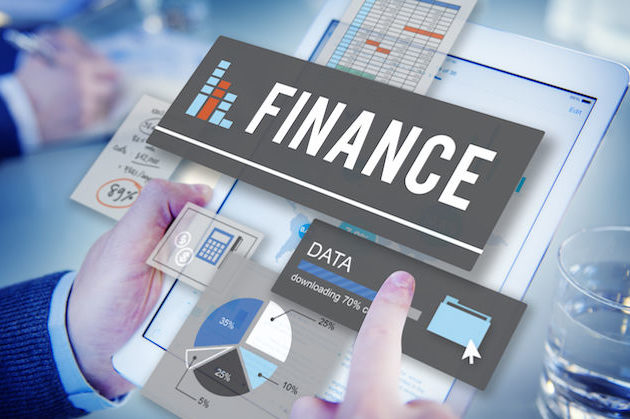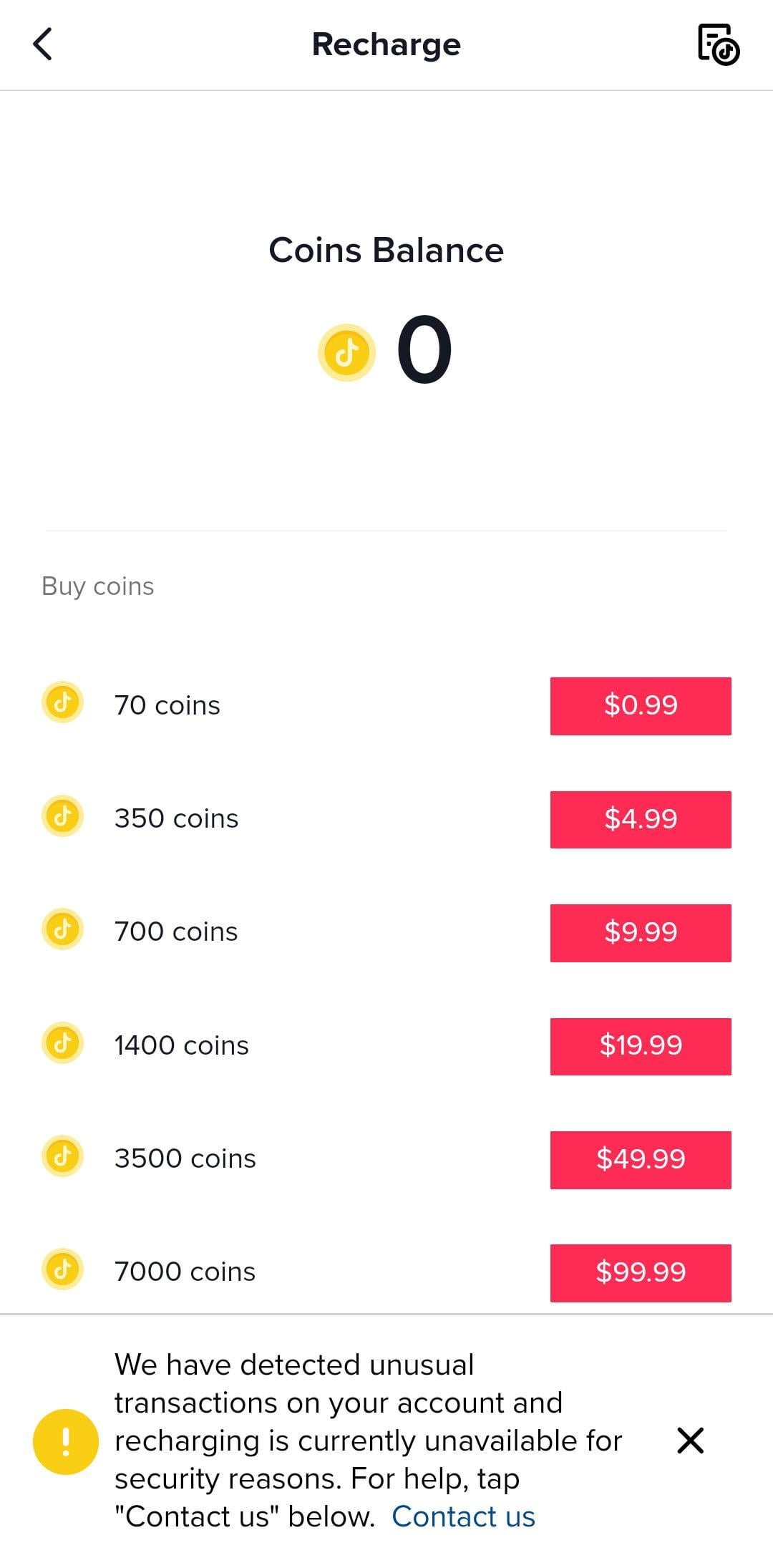1. Contactless payments: The adoption of contactless payments through digital wallets has surged, driven by the need for quick and hygienic transactions.
2. Mobile banking integration: Increasingly, banks are integrating their services into mobile payment apps, offering a seamless way to manage finances and make payments.
3. Biometric authentication: The use of biometric features like fingerprint or face recognition for secure and convenient authentication is gaining popularity in mobile payments.
4. Peer-to-peer payments: Digital wallet platforms that enable users to send or receive money directly from their contacts without bank intermediaries are on the rise.
5. Cryptocurrency adoption: Some digital wallets are integrating cryptocurrencies, allowing users to store and transact with digital currencies like Bitcoin or Ethereum.
6. In-app and online purchases: Mobile payment methods are being widely adopted for making purchases within mobile apps or on e-commerce platforms, offering a frictionless checkout experience.
7. IoT payments: The growth of the Internet of Things (IoT) has paved the way for mobile payment integration with connected devices such as smartwatches, fitness trackers, and even home appliances.
8. Loyalty program integration: Many digital wallets offer integration with various loyalty programs, allowing users to earn rewards or redeem points for their purchases.
9. Offline payment options: Progressive offline merchants are adopting mobile payment acceptance, allowing customers to pay without physical cards or cash.
10. Cross-border payments: With the global expansion of mobile payment platforms, cross-border transactions are becoming easier, providing convenient and cost-effective options for international payments.
What are the top 10 trends in mobile payments and digital wallets globally?



















